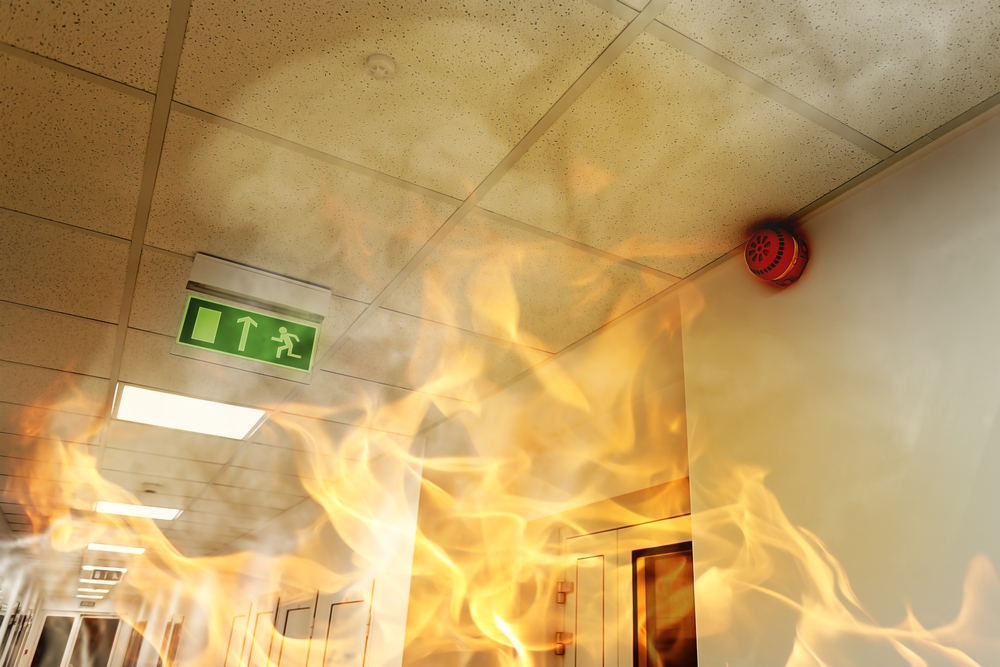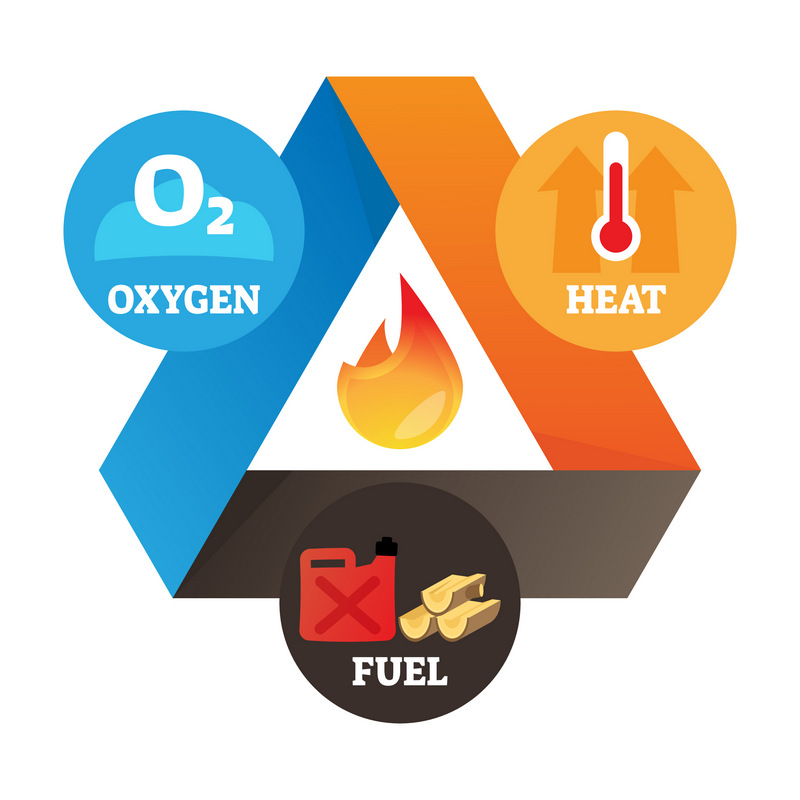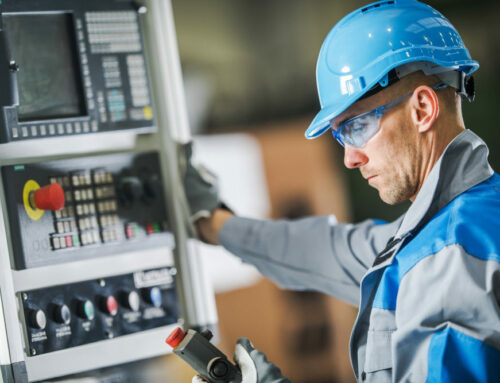
Flash fires happen in an instant, causing serious harm to people and extensive damage to property. There is no time to react during these situations, which is why it is essential that all the controls and protection be in place well before a fire occurs. This blog will go over how to prevent, if not reduce, the severity of flash burns injuries.
What is a Flash Fire?
A flash fire is an intense, rapid-spreading fire caused by the ignition of a mixture of air and a dispersed flammable substance such as:
- Flammable or combustible liquid (such as an aerosol or fine mist)
- Flammable gas
- Dust
These fires may be short in duration, but the damage they cause can be momentous. When premixed flammable mixtures are confined in small spaces, flash fires may become more violent and even escalate to an explosion.
Preventing Flash Fires
Flash fire protection strategy focuses on heat energy and accounts for the fact that a flash fire runs their course in course in milliseconds. One cannot simply dodge a flash fire; that’s just true in movies! More planning is required in real life. Fires require 3 basic components: oxygen, fuel, and heat. Together, these components are known as the “Fire Triangle.” When the oxygen source is normal air, there is a certain stoichiometric ratio of air and flammable substances that, if at a certain level, can cause a fire. If the mixture is lean (too little fuel) or too rich (too much fuel), you won’t get an ignition. However, if the mixture is within a range of flammability, it can ignite a flash fire. The best way to prevent a situation like this would be to prohibit workers from entering atmospheres where the air-fuel ratio is at a flammable range.

People can utilize monitoring procedures to ensure that the lower explosive limit (LEL) (the lowest concentration of fuel vapor in the air that will ignite) is not approached. In general, an LEL of 10% is considered an alarming state where workers need to immediately evacuate until the area can be ventilated.
Personal Protective Equipment for Flash Fires
Even with the monitoring and administrative controls in place, many risks of flash fires still remain. This is where personal protective equipment (PPE) comes in place. Although PPE can’t prevent flash fires from occurring, they can considerably help reduce the severity of the injuries caused.
NFPA Code 2112 lays out the criteria for testing and declaring garments as suitable for flash fire protection. PPE garments that pass this requirement should be used when working in dangerous environments at risk of flash fires. You can identify these garments with a tag that reads, “This clothing item meets the requirements of NFPA 2112-2018. NFPA 2113 requires upper and lower body coverage.”
Wearing flame-resistant clothing dramatically reduces the chances of serious harm or death. Flame-resistant clothing will not ignite and continue to burn when the flash fire is over, insulating you from the hazard and reducing or eliminating burn injuries.
It’s Better to Be Safe Than Sorry
Every single effort, no matter how small or insignificant it may seem, must be made to avoid a slash fire incident. The best thing you can do to protect yourself from this hazard is to wear the proper PPE. It is your last line of defense, and you should never neglect it. If your workers are exposed to environments prone to flash fires, make certain that they’re equipped with genuine personal protective equipment for flash fires. We hope this blog helped you see how to reduce the severity of flash burns injuries. For all of your safety equipment needs, give us a call at (310) 856-0166 or click here to shop for PPE.

















